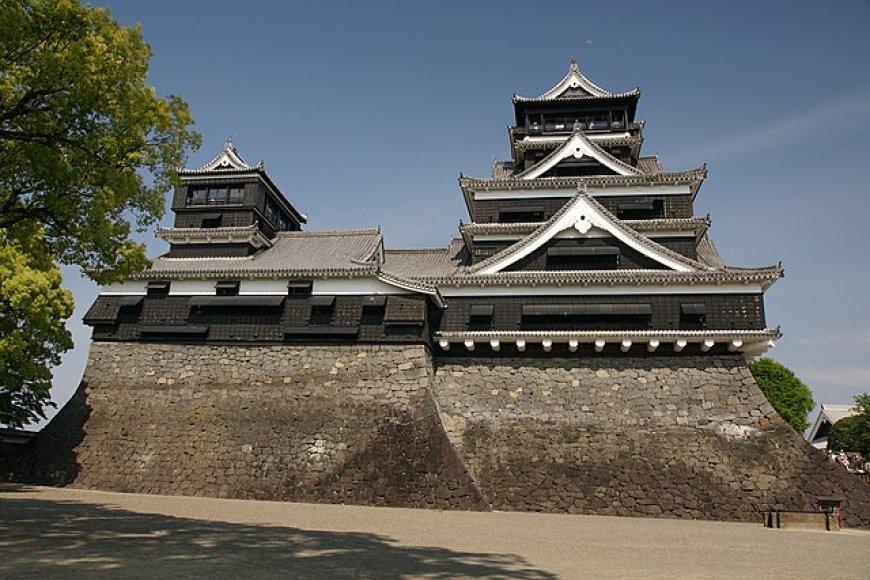History of Kumamoto Castle
Kumamoto Castle, also known as Ginnan Castle, is one of the three most famous castles in Japan and one of the first three castles in Japan.

If you've ever heard of Japan's Three Great Kingdoms, you should know that Kumamoto Castle is also one of those three very famous castles (the other two are Himeji Castle and Matsumoto Castle).
About Kumamoto Castle
Address: 1 Chome-1, Chuo Ward, Kumamoto Prefecture
Year of construction: 1467
Circumference: 9km.
Castle designer: Kato Kiyomasa.
Title: Three Great Kingdoms Baocheng, 100 beautiful castles of Japan, special class historical monuments of Japan.
Highlights: Tatsuda Nature Park, Suizen-ji Joju-en Garden, Hosokawa Gyobu clan's old mansion.
History of Kumamoto Castle
To find out the origin of Kumamoto Castle, let's go back in time to 1467 when Ideta Hidenobu built the fortress. In 1496, Kanokogi Chikakazu expanded the size of the fortress.
In 1588, Kato Kiyomasa, a warlord at the time, designed the castle. He is known as a talented castle designer, and his works are considered highly tactical.
Kiyomasa continued to build more buildings from 1601 to 1607, turning Kumamoto into a castle complex with 49 small towers, 18 tower gates, and 29 smaller gates. A smaller watchtower was built behind the main tower, containing a well and a kitchen.
In 1610, the Honmaru Goten Palace was completed. The castle complex stretches 1.6km from east to west and 1.2km from north to south, while the main tower is 30.3m high.
The castle was besieged for the duration of the Southwest War. The main tower and many other structures burned down, however, there are 13 buildings that were fortunate to not be destroyed and are recognized as important cultural properties of the nation.
In 1960, the main tower was rebuilt with concrete materials. The entire castle complex was restored within 10 years, from 1998 to 2008, in which, most of the 17th century construction was completely rebuilt.
In 2006, Kumamoto Castle was listed by the Japan Castle Organization as one of the "100 Beautiful Castles of Japan". On December 7, 2007, restoration work on the interior of the palace was completed.
However, Kumamoto Castle was heavily damaged after the 2016 Kumamoto earthquake. Restoration work on the castle began on June 8, 2016, and is scheduled to be completed in 2036. April 2016. In 2018, a pair of Shachihoko golden-headed tiger fish statues were placed on the roof of the main tower with the meaning of preventing fire for the castle.
--------------------------
Injavi.com - Visit in Japan
























































































